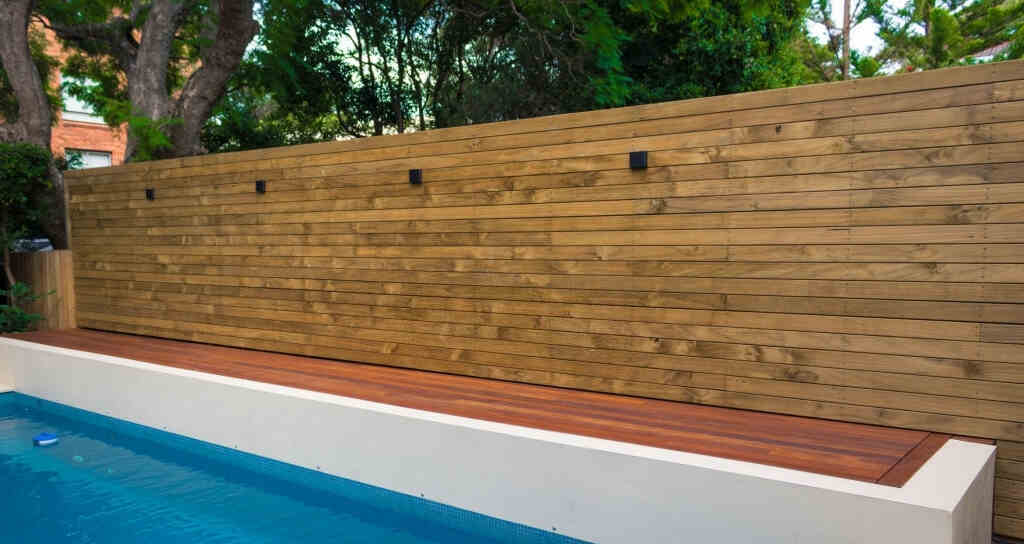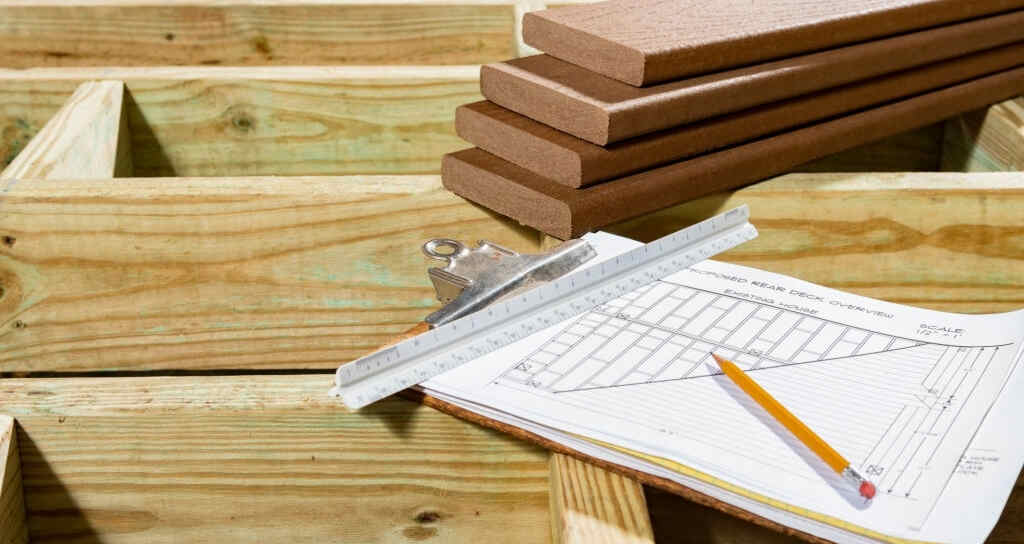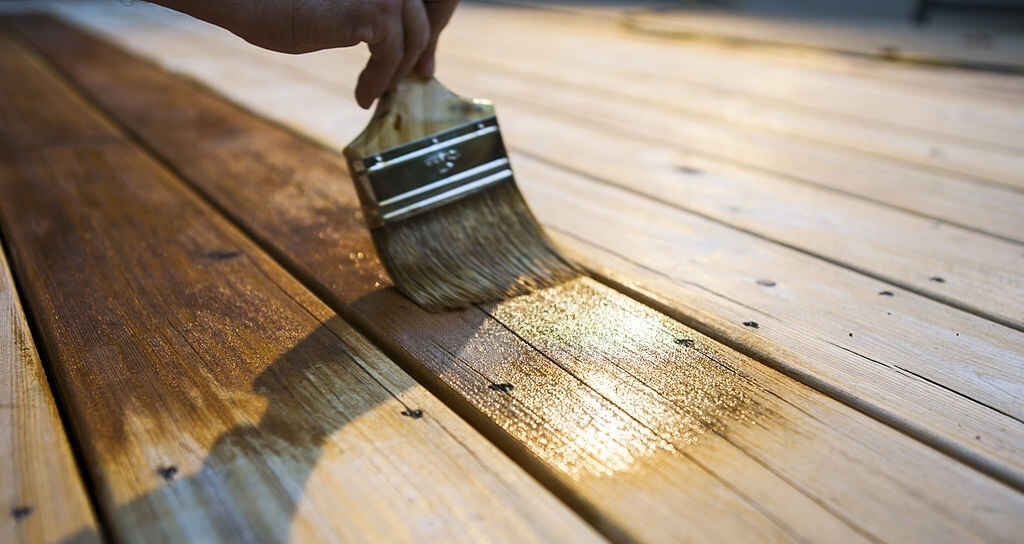Queensland Deck Building Regulations
Requirements for Decks Construction in Brisbane

Before you proceed to build the deck you have always dreamed of, you must check to make sure it complies with Queensland deck building regulations. This is so that you can build according to the best practices and avoid potential future problems.
Before building the deck, you must check out key facts about your property, including the lot size overlays, zoning, and neighborhood plans.
Approvals
Planning Approval for decks
You don’t necessarily need the local council’s planning approval to build a deck. Nonetheless, you still need planning approval. However, not necessarily from the local council. You can use the professional services of NO1 Decks Brisbane for seamless and easy deck planning approvals.
In case you decide to do-it-yourself, you need to send the deck plans to the certifier and wait for approval or rejection. So, yes. You need planning approval for decks. If your property is not in the character residential zone, you won’t need the council’s approval.
Building Approvals
Building approval is different from planning approval. According to the Queensland Act 1975, a building approval is required for the construction a deck, balcony, or verandah if any of the following applies:
- An overall height of more than 2.4m
- The floor height is greater than 1m above the natural ground surface
- Any side longer than 5m
- A mean height of more than 2.1m
- Not freestanding building (attached to another building or structure)
The mean height is the total elevation area of the building divided by the horizontal length of the building. On the other hand, the natural ground surface refers to the finished surface level when the lot was created on the planned survey.

Other Requirements
Fire Protection Requirement
The Building Code of Australia lists the fire protection requirements applied to class 10 buildings. The objective of these requirements is to protect the deck from fire from neighboring properties. Although there are various methods to meet the requirements, the commonly applied ones are:
- Have clearance of at least 900mm between the deck and the boundary
- Have clearance of at least 900mm between the deck and the house
- Have a 60/60 fire-rated wall between the deck and the boundary. The wall should be of masonry construction and have no openings.
Adjoining Properties
If the proposed deck can potentially impact a neighbor, you must consult with your neighbor before you begin work. This way, you will avoid future conflicts.
Roof Water Disposal
You must dispose of associated roof water from the deck in a way that won’t create a nuisance to the buildings, structures, and land in the neighborhood. To do this, homeowners should install gutters, storm water pipes, and downpipes. You must also pipe the water to an appropriate discharge channel or drainage system. If possible, to a soakage pit located as far as practicable from the structure.
Balustrading Requirements
Balustrades on deck serve as security from falls and as support when people ascend and descend the stairs. Hence, the balustrades must be sturdy to withstand the expected forces. Homeowners must install balustrades of at least one meter in height where people can fall one meter or more from the deck to the floor. The openings between the balustrade rails must also not be greater than 125mm. Plus, they must be constructed to withstand reasonable force.

Stair Requirements
The stair treads must have an anti-slip finish with a non-skid treatment or strip near the edge of the nosing. There should also be a barrier of at least 865mm high above the nosing of the stair tread. Apart from this, the stairs must not have an opening greater than 125mm.
Termite Protection
Builders and homeowners must provide chemical or physical termite management systems to protect the deck from termites. Not only this, but the system must be such that termites cannot bypass adjacent structures. In a situation where the deck does not have adequate termite management systems, it must be completely isolated from any adjacent structures.
Conclusion
More than building the deck, you must invest in maintenance. This is because lack of care is the primary cause of deck failure. For example, corrosion or rot, termite attack or water exposure, or poor construction techniques can all be responsible for deck failures. For the best result, let a structural engineer or a licensed builder check out your deck.
